

Reality is a consciousness hologramtherefore people experience simultaneously on many levels of awareness, some considered dreams and some physical.
As far back as memory serves, humans have always dreamed and in some way were aware of their dreams, if not able to understand them. In pre-historic times, dreams were recorded on cave walls where one might find a prone body with an image above it and wavy lines connecting the 2 images.
Most dreams were linked with the 'supernatural', messages sent from gods or ways to heal the person dreaming as reality has always been about healing and the journey of humanity back to its creational source.
Every ancient civilization developed some manner in which to record dreams, often recorded as oral tradition to be kept by the Record Keepers, Elders, Shaman, of that culture. If a message came from god, it was prophecy, holy and would one day determine to journey of the people.

In mythological Atlantis they one used dreams temples and crystals arranged in a specific matrix to enhance their dreams thus receiving messages from those of our realms.
Today, many people dream of a place called Atlantis, merging this reality with their experiences there. They often view themselves in the final days of Atlantis, before it allegedly sank into the 'sea of creation' as it is a parallel running grid.
Our dreamtime is spent in parallel grids of experience.
The fall of Atlantis mirrors our current experience in which we are shown through dreams, and meditations, the ending of this reality and the beginning of a Golden Age, the Alchemy of Consciousness through time and illusion, dreams and projected reality.
Many people see themselves as priests or priestesses storing or hiding information in crystals as Atlantis fell.
This information would be found in our 'current' [as in electromagnetic energies] time line, in computer technology, communication devices using crystals, crystal grids, gemstones and more.
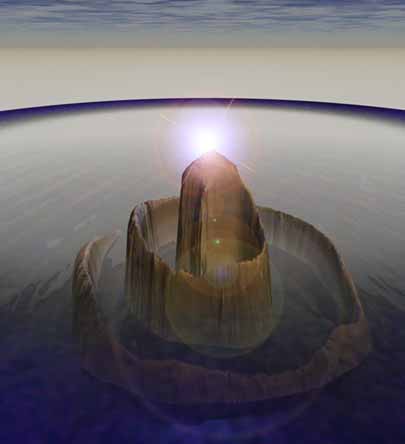
is to remember one's destiny and the geometry of creation.
The 'Aboriginal Dreamtime' is that part of aboriginal culture which explains the origins and culture of the land and its people. Aborigines have the longest continuous cultural history of any group of people on Earth, dating back, by some estimates, 65,000 years. Dreamtime is Aboriginal Religion and Culture.
The Dreamtime contains many parts: It is the story of things that have happened, how the universe came to be, how human beings were created and how the Creator intended for humans to function within the cosmos. As with all other cultures, it speaks of Earth's Creation by Gods and Goddesses, some of whom were kind hearted, while others were cruel.
The Australian Aborigines speak of jiva or guruwari, a seed power deposited in the earth. In the Aboriginal world view, every meaningful activity, event, or life process that occurs at a particular place leaves behind a vibrational residue in the earth, as plants leave an image of themselves as seeds. The shape of the land, its mountains, rocks, riverbeds, and waterholes , and its unseen vibrations echo the events that brought that place into creation. Everything in the natural world is a symbolic footprint of the metaphysical beings whose actions created our world. As with a seed, the potency of an earthly location is wedded to the memory of its origin. The Aborigines called this potency the "Dreaming" of a place, and this Dreaming constitutes the sacredness of the earth. Only in extraordinary states of consciousness can one be aware of, or attuned to, the inner dreaming of the Earth.

Wandjina, More About Dreamtime
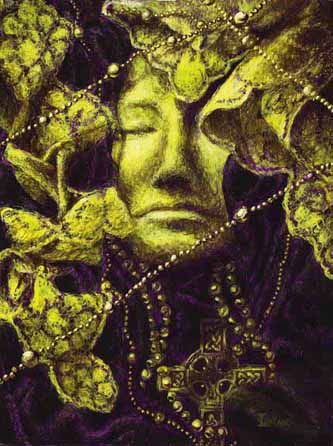
Another famous dream shrine was located in Lough Derg in Donegal, Ireland. It was a cave known as St. Patrick's Purgatory. People would entomb themselves in tiny cells for up to nine days waiting for a vision of what was waiting for them in hell. When a person was sick, a Priest would interpret the dream and then give advice on healing.
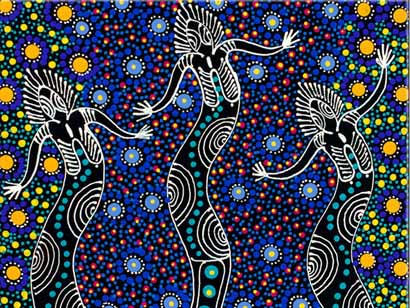
In ancient China, the dreamer's soul, "Hun", was considered to be the guiding factor of dreams. The "Hun" was thought to leave the body and communicate with the land of the dead. Dream Temples were created to this end. These temples sometimes served a political purpose through the 16th century. Any high official visiting a city reported to a temple the first night to receive dream guidance for his mission. Judges and government officials were also required to visit dream temples for insight and wisdom.

In ancient Egypt dreams originallywere thought to be part of the supernatural world.
Ancient Egyptians had great temples which they used for initiations and as dream shrines

as they believed that the Gods showed themselves in dreams.
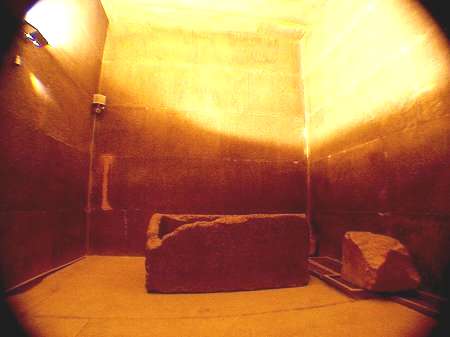
The King's Chamber in the Great Pyramid was one such place.
The Egyptians believed dreams were based on real events.
The recording of dreams in Egypt may be traced back to 2000 B.C. were the Egyptians wrote these dreams on papyrus with dreams symbols. Egyptians were among the early civilizations to attempt interpretation of their dreams. Egypt was where the process of "dream incubation" began. When a person was having troubles in their life and wanted help from their god, they would sleep in a temple, when they would wake the next morning a priest, which was then called a 'Master of the Secret Things', would be consulted for the interpretations of that night's dreams.
They believed there were three main types of dreams.
- Those that happened as a result of ritual.
- Dreams that contained warnings.
- Dreams where the Gods were demanding some type of action.

Egyptian Dream Scrying

The earliest Greek view of dreams was that the gods physically visited dreamers, entering through a keyhole, and exiting the same way after the divine message was delivered.
The fifth century BC marks the first known Greek book on dreams, written by Antiphon, an Athenian statesman.
During this century, the Greeks developed the belief (through contact with other cultures) that souls left the sleeping body.
Hippocrates (469-399 BC), the father of medicine and Socrates' contemporary, wrote On Dreams. His theory was simple: during the day, the soul receives images; during the night, it produces images. Therefore, we dream.
Aristotle (384-322 BC) thought that dreams could be indicators of conditions within the body. He did not believe they were divinely inspired. He hypothesized that external stimuli are absent during sleep, so dreams are manifestations of a profound awareness of internal sensations which are expressed as dream imagery.
Galen, a Greek physician born in 129 AD, emphasized the need to observe dreams carefully for clues to healing. He was so trusting of dream messages that he carried out operations on the basis of his dream interpretations.
Artemidorus, his contemporary, wrote on The Interpretation of Dreams (Oneirocritica). describes this as the "best source we have for the dream interpretation practices of antiquity." His theory is extensive, but within the five books he wrote, he describes two classes of dreams: somnium, which forecasts the future; and insomnium, which deal with contemporary matters and are affected by the state of the body and mind. He stated that the dream interpreter should have information about the dreamer including:
1. Images that are natural, lawful and customary for the dreamer
2. Circumstances at the time of the dream
3. Dreamers occupation and personality
Healing, Incubation
The practice of
dream incubation was at least as important to the Greeks as it was among Mesopotamians, Egyptians, and Chinese.Dreams also aided in their practice of medicine, sending sick people to particular temples in those places where the "gods of the body" had their shrines. The ailing Greeks would visit these temples, perform various religious rites, sleep, and hope to have a dream that assured a return to good health. Night after night they would sleep and sometimes this would go on for weeks or even months until they had the "right" dream. The most famous for dream pilgrimage was the Aesculapius at Epidaurus.
Aesculapius was a Greek healer who was believed to be the son of Apollo. He was linked with cults that began the practice of dream incubation. Aesculapius visited sleepers, miraculously curing them.
A shrine to Aesculapius was established at Epidaurus in the fifth century BC. It may still be visited today.
There are thought to be around 410 Aesculapian sanctuaries near Athens, generally being active from the sixth century BC until the third century BC.
Prophecies would also be given through dreams to those who slept in dream temples or shrines.
Almost like initiations of the ancient mystery school teachings, certain would go to the temple, where they would purify themselves first by making an offering to the Gods. Sometimes there was an animal sacrifice such as a ram, its fleece removed and then used as a sleeping mat inside the temple. The magistrates of the city also used the temple to receive answers to difficult questions.

Ancient Hebrews believed dreams were connections with God. However bad dreams were the work of Demons.
The biblical figures Solomon, Jacob, Nebuchadnezzar and Joseph were all visited in their dreams by God or prophets, who helped guide their decisions. It was recognized and accepted that the dreams of kings could influence whole nations and the futures of their peoples.
The Talmud, which was written between 200 and 500 AD, includes over two hundred references to dreams. It states that "dreams which are not understood are like letters which are not opened."
The Hebrews incubated dreams in order to receive divine revelation.

In ancient India - God spoke to the dreamer. The time when a prophetic dream occurred indicated when the event will take place.
In the Vedas, dreams of violence were thought to lead to success and happiness if the aggression was pro actively handled in the dream, even if the dreamer gets hurt in the process. If the dreamer remains passive and becomes hurt by his own passivity, however, it was considered a bad omen.
The Upanishads, written between 900 and 500 BC, articulates two perspectives on dreams. The first maintains that dreams are merely expressions of inner desires. The second closely resembles the Chinese belief of the soul leaving the body and being guided until awakened. It was also thought that if the sleeper was awakened abruptly, the soul might not return to the body quickly enough and the sleeper could die.
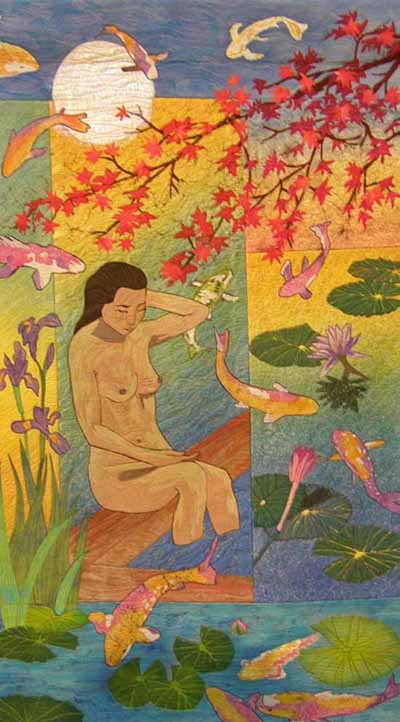
In ancient Japan the Emperor's palace contained a dream hall with an incubation bed.

Japanese Emperors also incubated their dreams at a
Shinto Temple at Usa on the southern island of Kyusha.
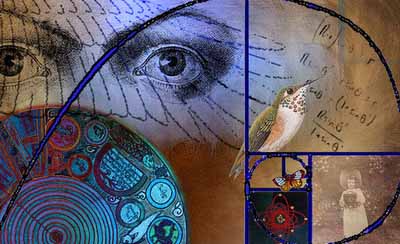
In Mohammed's sacred book a distinction is made between true dreams from God and false dreams. Rituals were used to create good dreams. Later on dream interpretation became associated with astrology.
Many Native American tribes believed that dreams revealed the hidden wishes of the soul or the messages from the Spirits above. Dream Catchers help us to remember and work with our dreams. It is a very serious tool that is much more than a decorative ornament. The opening in the center determines the volume that you are asking to receive and parallels the changes that will occur in your life.

The ancient Romans had strong views on dreams. They believed dreams were messages from the Gods. Emperor Augustus ruled that anyone who had a dream about the state must proclaim it in the market place. Every Roman Legion had a soothsayer to try and make sense of 'nocturnal visions'. Priests consulted oracles and shrines for guidance to try and make sense of dreams.
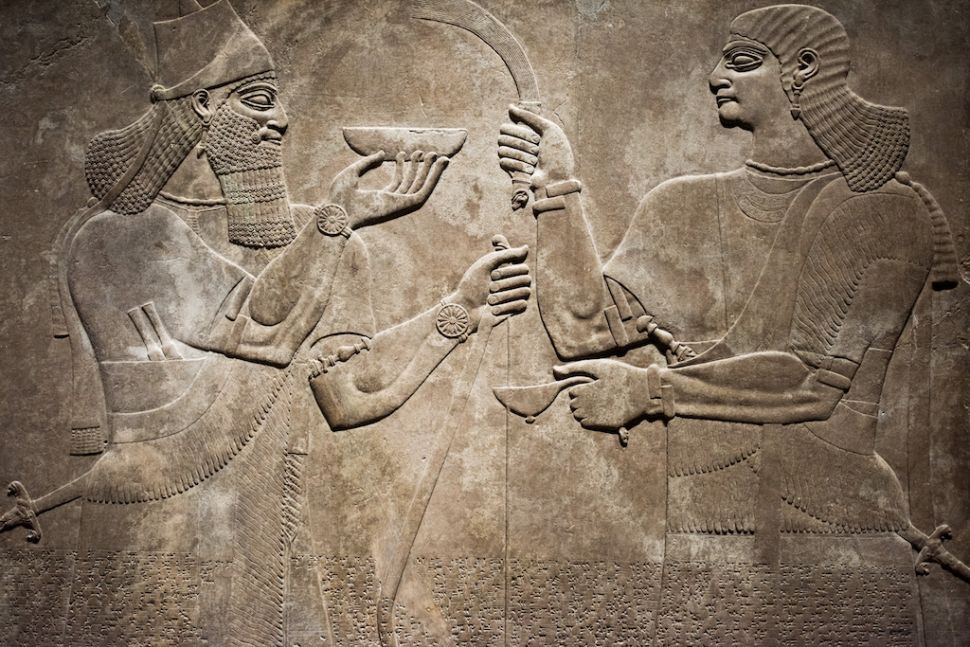
The earliest recorded dreams are derived from materials dating back approximately 5000 years, in Mesopotamia. The Sumerians, the first cultural group to reside in Mesopotamia, left dream records dating back to 3100 BC.
According to these early writings, deities and royals, such as the 7th century BC scholar-king Assurbanipal, gave careful attention to dreams. Within Assurbanipal's archive of clay tablets, portions of the story of the legendary king Gilgamesh were found. In this epic poem, one of the earliest known classical stories, Gilgamesh reported his recurring dreams to his goddess-mother Ninsun, who made the first recorded dream interpretation. His dreams were taken as prophecy and used to guide actions in the waking world. These attitudes recorded in the Gilgamesh epic provide a valuable source of information about ancient dream beliefs.
During the European Middle Ages, dreams were often studied in the context of their relationship to God. Questions typical of the period were "Are dreams sent by God to a person of superior virtue? Or are they sent by demons to a person who has fallen from grace?"
Beginning with the dawn of the Christian era until the time of Sigmund Freud, dreams were not regarded as important. As society became more "structured," dreams fell into disrepute. Churches had little appreciation for the use of dream interpretation.
Sigmund Freud gave new life to the lost art of studying dreams in his major work, Die Traumdeutung (The Interpretation of Dreams), written in 1899.
Swiss psychiatrist Carl Jung was interested in Freud's ideas that he visited him in Vienna in 1907. After 330 letters were exchanged, their correspondence was terminated due to differences in their beliefs. Freud (1949) believed that dreams were "delusions and illusions of a psychosis" and contained mostly hidden wish fulfillment.
Jung came to believe that dream contents present us with revelations that uncover and help to resolve emotional issues, problems, religious issues and fears. Jung believed that recurring dreams are proof that dream-manifested issues neglected in a conscious mode will show up repeatedly in dreams to demand attention. Many of the symbols or images from these dreams will return with each dream. "Man never perceives anything fully or comprehends anything completely". He concluded that symbolic terms are used to represent concepts that we cannot grasp.
There is a conscious use of symbols, as seen in religious symbolism; there is an unconscious use of symbols, such as spontaneous dream symbols. Both are to help us comprehend the world around us, whether sleeping or awake. Jung believed that the deeper layer of unconscious, which he calls the collective unconscious, is an inborn and universal part of the unconscious identical in all people. Jung thought that dreams could help us grow and heal through use of archetypal symbols.
These symbols, Jung proposed, are mental images from the collective unconscious which help us to recognize and integrate the parts of ourselves that we have disowned or are apprehensive about. Various archetypes are represented within myths, fairy tales, and religions, as well as dreams.
Among the numerous archetypes he documented are those of birth, rebirth, death, power, magic, the hero, the child, the trickster, God, the demon, the wise old man, the Earth mother, and many natural objects such as sun, moon, stars, rivers, fires, and animals.
In his quest to discover the role of dreaming, Jung also concluded that dreams are not only relevant to the dreamer's life, but that they are all parts of "one great web of psychological factors." Such things as events, movies and people seen the previous day also play a role in dreaming. Sometimes referred to as day residue, these memories leave impressions for the unconscious to deal with when the ego is at rest. The unconscious "reenacts" these glimpses of the past, in the form of a dream.
Jung estimated that he interpreted over 80,000 dreams by the time he retired in his 80s. Through these, he surmised that dreams and their universal imagery seemed to follow a pattern among all individuals with whom he worked over time. By learning to observe the patterns within one’s dreams and learning to consciously interpret symbolic content, the process of individuation – gaining a higher state of consciousness through a broadened state of awareness – can occur. This enables one to overcome many personal problems, fears and anxieties while realizing full potential.
Gestalt therapy, developed by Frederick (Fritz) Perls, is interested in immediate emotional dream work.
Rather than interpreting and linking the dreams with past history, Perls has the dreamer act out all aspects of the dream. Someone dreaming of a glass house, for example, might find it useful to be the house and describe himself as such. He might then act out being the house. For instance, the dreamer might surround another member of the group as walls of a house would, thus becoming aware of how it feels to be a warm, inviting structure for another. In this case of a glass house, the dreamer might describe himself as transparent, fragile or easily shattered.
Much dialogue (between dreamer and dream object) is used in gestalt dream work, as it becomes a mental-block breaker, and another method of self-discovery. It is helpful for the dreamer to experience this process with each part of the dream in order to learn about and reassimilate the disowned parts of self.
Other 20th century dream theorists – including Adler, Erikson, Maslow, Boss, Buhler, Greene, Heidegger, Garfield, Horney, Hartmann and Piotrowski studied dreams. A common thread among most is that dreams provide opportunities for intrapersonal and interpersonal growth.
The broad range of current dream-related research includes:
- learning during sleep,
- gender differences in dream content,
- drugs and effects on dreaming,
- sleep deprivation and effects on dreaming,
- the healing properties of dreams,
- depression and effects on REM,
- emotions and effect on dreaming
- non-REM dreaming.
- lucidity during dreams